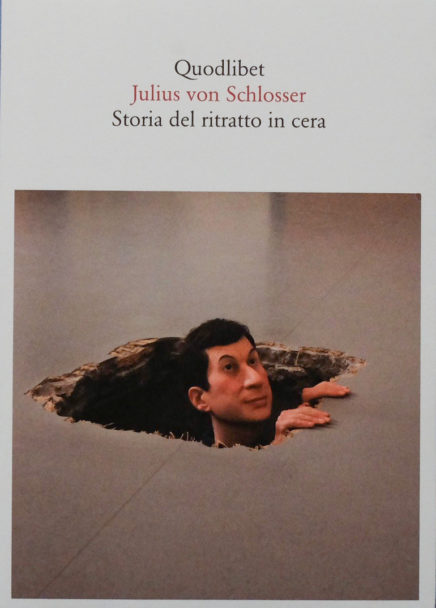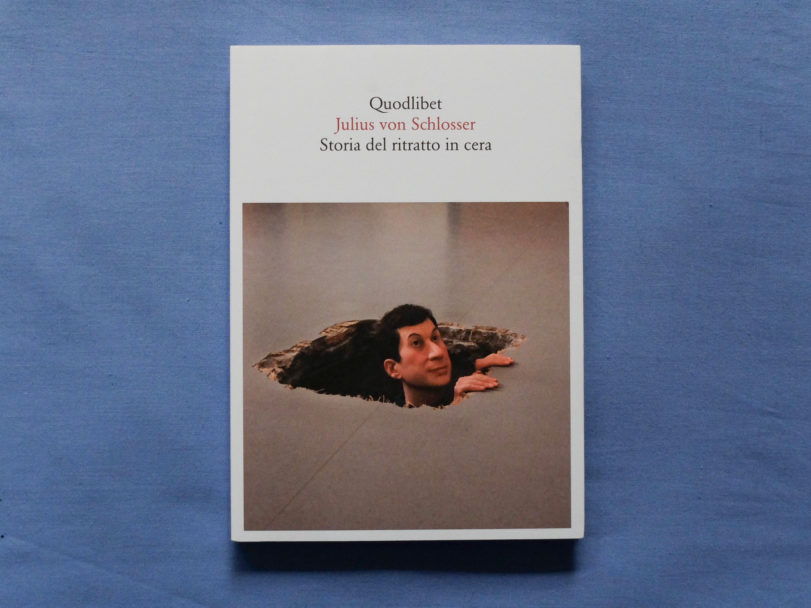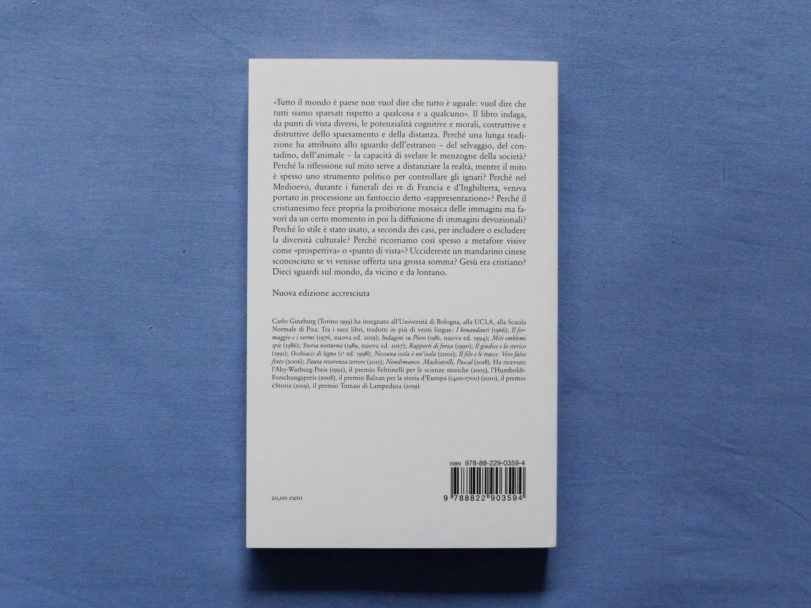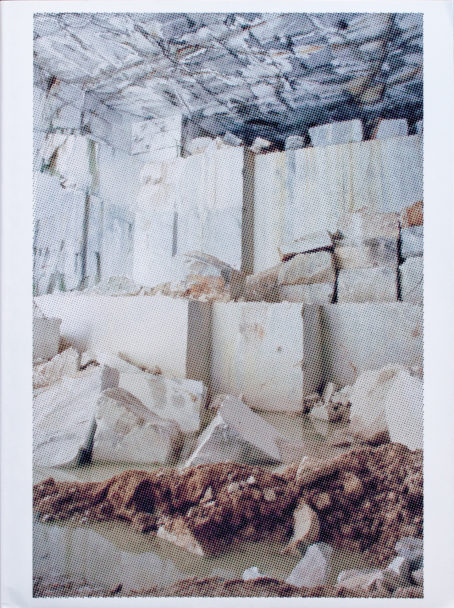
Julius von Schlosser, STORIE DEL RITRATTO IN CERA, 2011
24 Euro

Out of stock
Viscous and malleable material par excellence, wax has always proved to be particularly suitable for the art of the portrait, allowing to return the most delicate details and even the natural complexion of the model. But it is precisely these qualities that constitute at the same time its dark side, giving body to the nightmare and obsession with a perfect metamorphosis. The wax statue does not allude to reality, but replicates it. And it does it so well that the problem – as Freud had already seen – is not only the exchange between image and reality, but also and above all the possible animation of the image itself. The doubt insinuates that a lifeless object is instead animated, and that the image is not only an image, a thing, a mere object, but that with it somehow it goes from the very life of the model, of the original, of reality. Because of its disturbing substitute character, the official historiography of art has always looked suspiciously at the wax figure, carefully keeping it at a safe distance. The history of the wax portrait by Julius von Schlosser is a courageous exception. At the beginning of the twentieth century, picking up a cue from Aby Warburg, he forced art history to deal with this disturbing class of objects and orientate himself towards a much broader and problematic history of the image. A story that continues to thrill our present, as demonstrated by the wax practices of contemporary artists such as Bruce Nauman and Maurizio Cattelan.
Julius von Schlosser – Storia del ritratto in cera
Quodlibet
2011
232 pages, paperback
Italian




